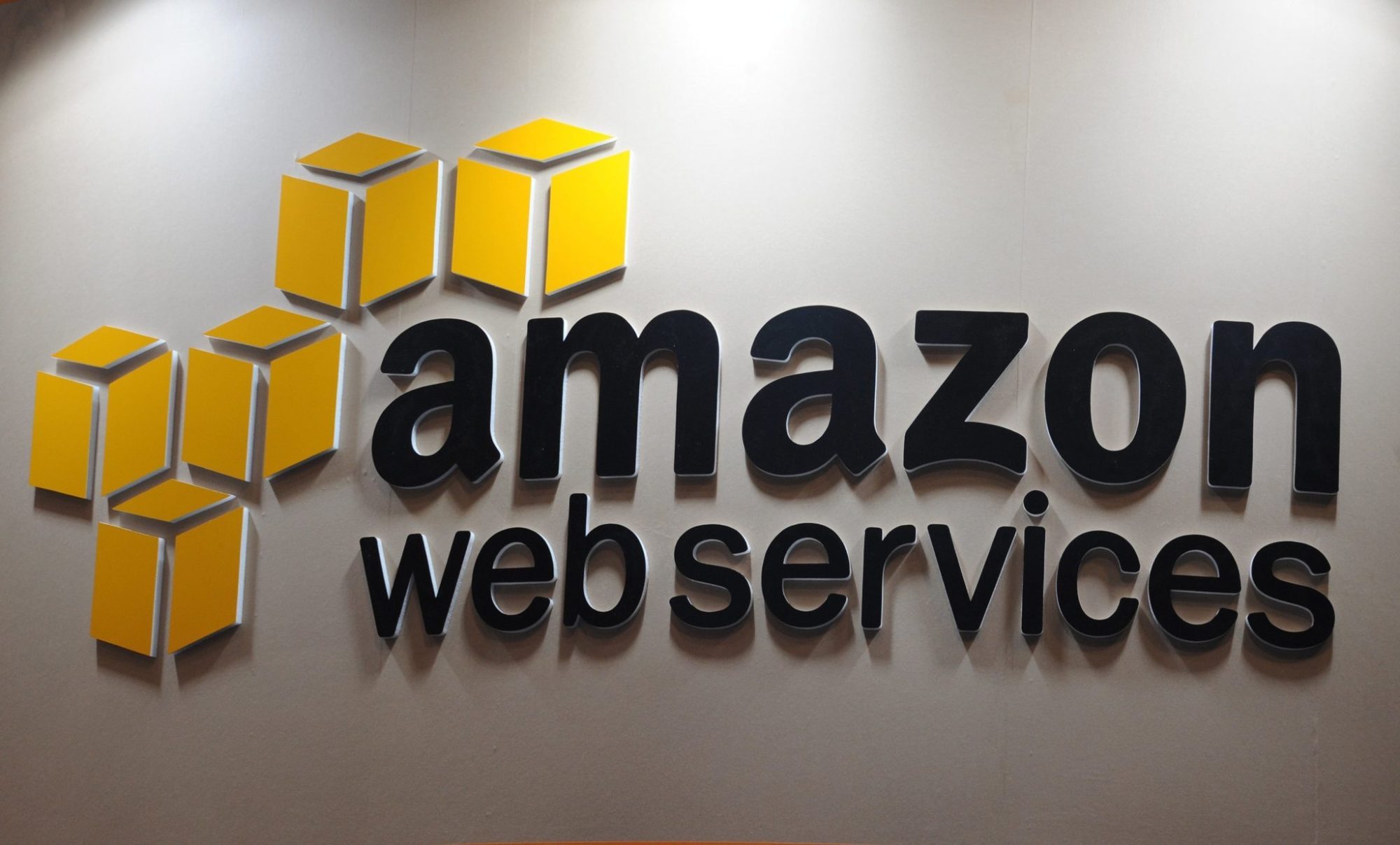The Revolutionary Economic Achievement of Platforms
Sometimes we share things; sometimes we buy things and pay to store them. When economists see two different ways of organizing an activity in a social setting, they have learned to think that the first explanation of the puzzle of why both ways are employed is a hidden trade-off.
In the case of most goods and services, identifying the hidden trade-off reveals that sharing and storing are substitutes, and that the relevant “price” that separates the activities is “transaction costs.” As I argued in my recent Cambridge University Press book, Tomorrow 3.0, transaction costs can be divided into three categories:
1. Triangulation: The name comes from the old practice of locating a point on the surface of the earth using geometry. The transaction costs of locating opportunities for mutually beneficial exchange or cooperation involve finding information and organizing a space in which people can interact with the specific partners who can benefit. Most blackboard examples of economics start with one person who has a widget and needs money, and another who has money and needs a widget. But triangulation is not automatic, and it’s not cheap.
2. Transfer: Once the possibility of exchange is identified, there remain many obstacles. The negotiation of a price, the defeating of the tyranny of distance, the problem of packaging, and the process of delivery and payment all stand in the way.
3. Trust: In a way, trust interacts with both triangulation and transfer because trust reflects the expectation that promises will be carried out and that no other harms will be dealt by theft or violence. But it makes sense to conceive of trust as a separate category because solutions to the trust problem involve reputation, the expectation of repeat business, or the posting of some kind of bond or other depreciable asset as a “hostage” to ensure compliance.
Any arrangement for fostering cooperation that solves all three problems is called a “platform.” Platforms are systems that operate as meta-markets; it is on or in a platform that what we usually think of as markets operate. What I mean is that platforms are places, virtual or physical, where buyers and sellers make markets in specific items.
Perhaps the oldest platforms of this sort were the markets, or “souqs,” in what is now eastern Syria and southern Iraq. Think about it: if the usual model of greed absent transaction costs were operating, where would a seller want to operate? No one would say, “Let’s go to a giant market full of competitors, where we have to rent space.” Instead, each seller would locate away from the rest to avoid competition.
But that ignores transaction costs. Sellers gathered in souqs because buyers knew that was where they could find sellers. It was easier to provide security over a concentrated area, and it was possible to compare prices and arrange financing, through (say) exchange of goods for different metals or currencies, because of the scale of operation. And it was possible to identify and expel merchants who tried to sell adulterated products or sell products fraudulently.
None of these solutions were perfect, of course, and transport costs, in particular, were prohibitive, but these early platforms created a setting where an enormous variety of products and services could be sold.
Clumsy Physical Platforms
Some version of the souq, the bazaar, the kermis, or the market served reasonably well for thousands of years. But a number of entrepreneurs realized they could sell even more products by selling reductions in transaction costs.
Physical souqs are clumsy platforms because by definition sellers must take goods to the market and then buyers must transport them home or wherever they are to be sent. If the triangulation and transfer steps could be integrated with transport and efficient clearing of transactions, the costs to consumers could be cut dramatically.
To consumers, all costs are transaction costs. It doesn’t matter much whether the costs of purchase are monetary price, costs of queuing to obtain the product, or risk of robbery; a reduction in any of those margins will cause consumers to buy more.
There were several kinds of innovations along these lines, but perhaps the most famous, at least in the United States, was the Sears catalog. Sears provided a viable platform, with information about what could be purchased and how much it cost; reliable delivery services with guarantees of safe arrival; procedures for clearing transactions, including credit for buyers; and rental “space” for third-party sellers.
Sears also had a guarantee, with money back for consumers who were not happy with the quality of their purchase. And the name “Sears” came to be associated with honest and reliable service, so that word of mouth became an outsourced, distributed source of trust.
The Glory of the Catalog
What was Sears selling? It’s tempting to say that Sears sold products, and of course that is what a lot of the visible activity was focused on. But what made Sears and its catalog profitable was the enormous size of the market it could reach. The arrival of the Sears catalog meant that what Adam Smith called “the extent of the market” was far greater there than at the local souq, which in the United States took the form of a dry goods store, a grocery, a shoe store, and a clothing store. The catalog meant that relatively obscure products, things that required a very advanced degree of division of labor, could be sold in small quantities in each community, but across so many thousands of communities that the market was enormous.
You may recall that when you first heard of a company called Amazon — if you are of a certain age and can remember that far back — the product that company specialized in was books. But Amazon was not a bookstore, not even at first. Amazon was a platform, providing information for triangulation, transfer, and trust. Because the software has a sophisticated search algorithm, it is possible for buyers to conduct extremely detailed, fine-grained searches. Amazon provides a virtual storefront for tens of thousands of products that are actually offered by third parties; Amazon just provides a space for fast, seamless triangulation.
The result is that much of the activity at Amazon, and a substantial part of its profits, comes from access to the software and digital hosting service called Amazon Web Services, or AWS. You don’t have to worry about giving your credit card or other financial information to some sketchy seller, because Amazon mediates, acting as guarantor if the transaction goes awry and acting as the provider of transport assurance because you can track your stuff accurately.
Perhaps most importantly, Amazon has outsourced trust by providing an enormous inventory of detailed reviews. You can learn about the quality of the products and the reliability of the seller, and Amazon pays nothing to provide you this information. Individual buyers provide the information for free and are rewarded by having their reviews judged by others. The reduction in costs of trust assurance alone make Amazon very useful to buyers. The information about products and sellers, the delivery services, the transaction-clearing services, and the trust services combined make Amazon a remarkable platform.
Uber Everything
But there is another generic platform, one you may not have thought of. Remember how Amazon once sold books, but it turned out that a platform can sell anything? Consider another platform, called Uber. You think of Uber as being a transport company, but Uber is no more a ride-share service than Amazon is a bookstore. The Uber software could in principle provide a storefront to sell or rent almost any product or service.
Uber’s transport and delivery model is better than Amazon’s. Both of them could provide searches for products, transaction-clearing mediation, trust from reviews, and delivery. The advantage of Uber is that delivery, whether of tools to rent or services provided by a human who is transported to your location, is seamlessly connected already. Amazon has to work a little bit to provide transport; Uber does it without any additional effort.
So there’s the bottom line. You think Uber is a threat to taxis. In a small way that’s true, but autonomous self-driving cars will wipe out most taxis in 20 years in any case. The real competition, the real battle of the platform titans, will be fought out between Amazon and Uber, and perhaps some other platform that is just now being designed and rolled out.
That’s the most interesting thing, frankly. Platforms are very flexible, and may not be limited to market settings. Sharing may become possible on a platform based on something other than prices. The best example at this point is Wikipedia. Wikipedia is a platform with crowd-sourced writing and editing, self-selection into groups by expertise (which solves triangulation), protocols for making changes and verifying content (which solves the problem of transfer), and reputations and discussions about whether content is to be changed, studied further, or left alone (which take care of trust).
People put very large amounts of time and effort into Wikipedia, and the platform regulates and evolves with very little central direction. Participants are paid with honor and reputation rather than money, but it is becoming clear that those are perfectly adequate sources of motivations.
The kind of decentralized cooperation made possible by platforms is nearly limitless. Small local groups can use already available open-source software to organize tool libraries. I can own just a power drill or a saw and have access to a whole tool shop based on a library model. The tools can be used and returned, and the condition of the tools can be monitored using a blockchain application that can’t be tampered with.
And that’s why sharing is a substitute for storage. Platforms reduce the transaction costs of sharing in a way that makes ownership and storage obsolete. Twenty years from now, people will look back at our current practices of exclusive ownership and storage with bewilderment. They will wonder what life was like before platforms made our lives richer, better, and less wasteful.
It won’t be long. The platform revolution is here.











